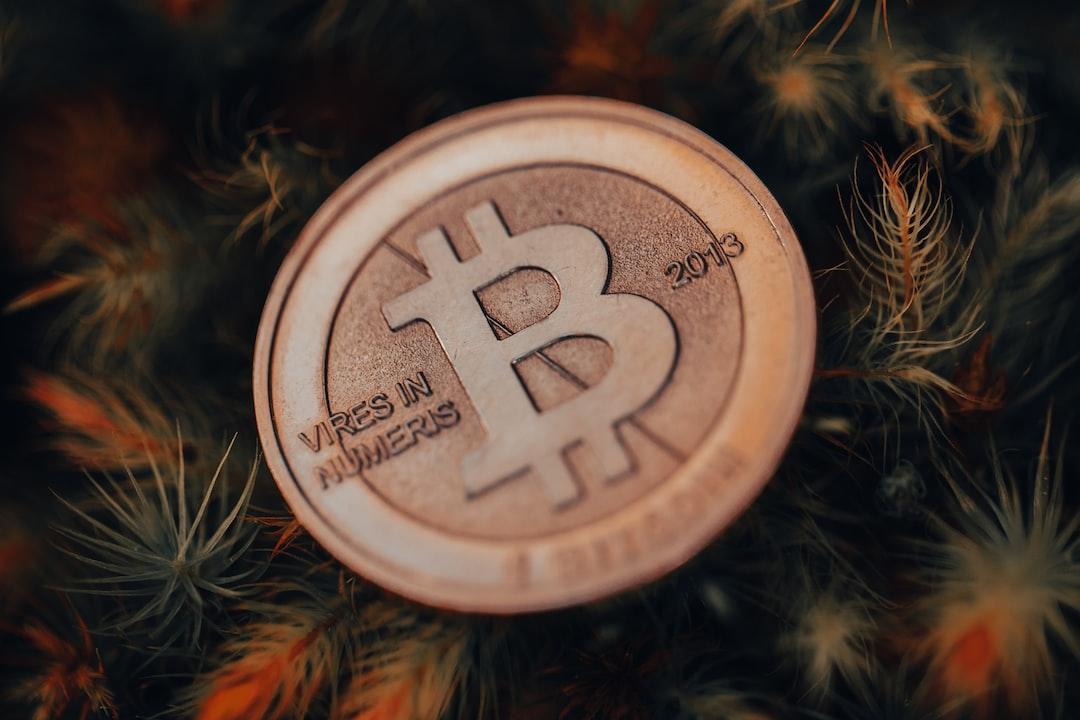The cryptocurrency market has revolutionized the financial industry with the introduction of decentralized finance (DeFi) and innovative economic models. DeFi promises transparency, security, and inclusivity by eliminating traditional intermediaries. However, not all aspects of the cryptocurrency market have fully embraced decentralization. In particular, market making remains dominated by centralized powers, raising concerns about fairness and transparency.
Centralized market makers play a crucial role in providing liquidity and determining pricing for digital assets on various cryptocurrency exchanges. However, their dominance often comes with limitations. Large centralized entities control the market making process, creating barriers for smaller or emerging projects that lack the resources or connections to negotiate favorable terms.
One significant issue with centralized market makers is their impact on liquidity and token prices. With substantial control over trading volumes and order books, they can execute strategies that destabilize token prices, such as dumping large quantities of tokens, leading to sudden price crashes. This volatility and uncertainty deter new investors and hinder the growth of the broader crypto market. Moreover, the opaque nature of these deals and the concentration of power contradict the decentralized ethos advocated by the crypto community.
There is an urgent need to rethink and reform how market making is conducted in the crypto space to foster a more equitable growth environment and unlock the full potential of decentralized finance.
Reform DAO presents an alternative approach to decentralized market making. As a decentralized autonomous organization (DAO), Reform aims to decentralize the power held by traditional centralized market makers and establish a transparent and community-driven market-making process.
What sets Reform apart is its innovative algorithm that injects liquidity into project tokens. Unlike traditional market makers, who may liquidate their positions when contracts conclude, Reform reinvests tokens back into its DAO treasury. This strategy ensures continuous liquidity over the long term, potentially creating a more stable and sustainable market-making environment.
Reform achieves this through its unique financial structure, which involves a Bonding Treasury to provide liquidity and support a sustainable ecosystem. The liquidity raised through the treasury fuels high-frequency trading and liquidity provision. Advanced algorithms navigate multiple trading pairs, taking advantage of market volatility to generate revenue and improve market efficiency.
The revenue generated from rebates is reinvested into the DAO’s ecosystem, with 65% used to buy back Reform’s native token, RFRM. These tokens are then added back into the bonding treasury, locked for 1-5 years to reduce circulation supply. This approach strengthens the DAO Treasury and encourages sustainable growth within the DAO.
To address the challenge of transparency in market making, Reform introduces a trading dashboard that provides real-time visibility into its activities. This transparency aligns with the goals of decentralized finance, where open and accessible data is crucial for trust and engagement.
Reform’s algorithm and trading engine have demonstrated impressive performance metrics. They have executed over 6.1 million trades per day, averaging around 119 trades per second, and accumulated a total trading volume of $4.9 billion on top exchanges such as Binance, Bybit, and Gate. These figures indicate a high-frequency trading capacity capable of responding to market fluctuations efficiently.
A case study from August 5 to August 12, 2024, illustrates how Reform’s trading engine navigates periods of high volatility. During this week, when Bitcoin surged from $49,000 to $62,000, Reform’s algorithm executed maker buy orders at lower prices and maker sell orders as the price rose. This approach maximized trading volume and rebates. Over that week, the trading engine processed 15.4 million trades, achieving a trading volume of $280.4 million and generating over $15,500 in rebates.
Reform’s vision is to decentralize market making by leveraging a community-driven approach and advanced algorithmic strategies. By providing transparency tools and reinvesting revenue into its ecosystem, Reform aims to create a more inclusive and equitable environment for projects of all sizes. Reform also has a business alignment with Cointelegraph, working together to enhance their missions and expand their impact.
The success of initiatives like Reform in the thriving DeFi sector depends on their ability to sustain and scale operations amidst evolving market dynamics and regulatory environments. As DeFi continues to grow, these successes could inspire more decentralized solutions in other areas of the cryptocurrency ecosystem.

